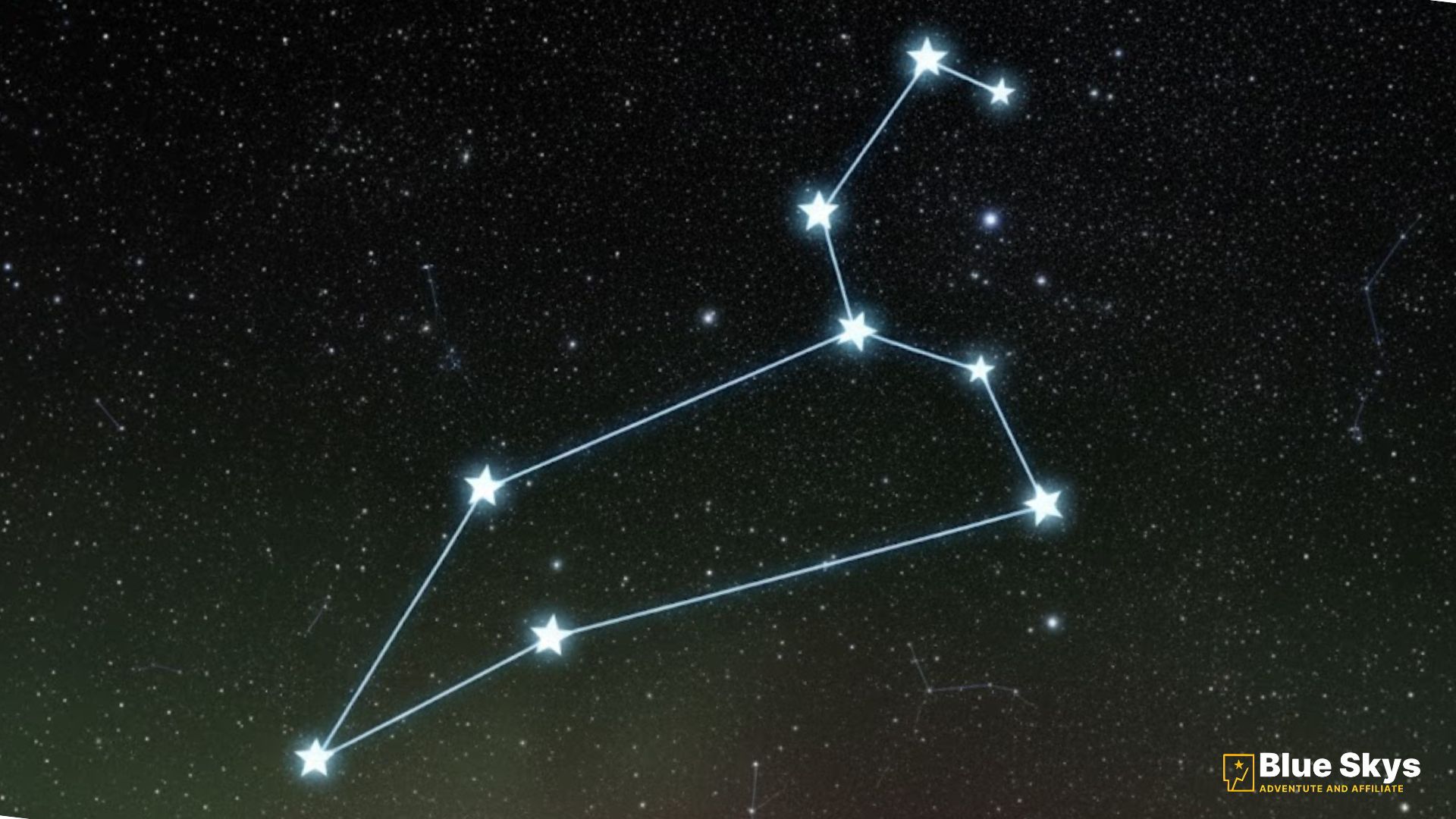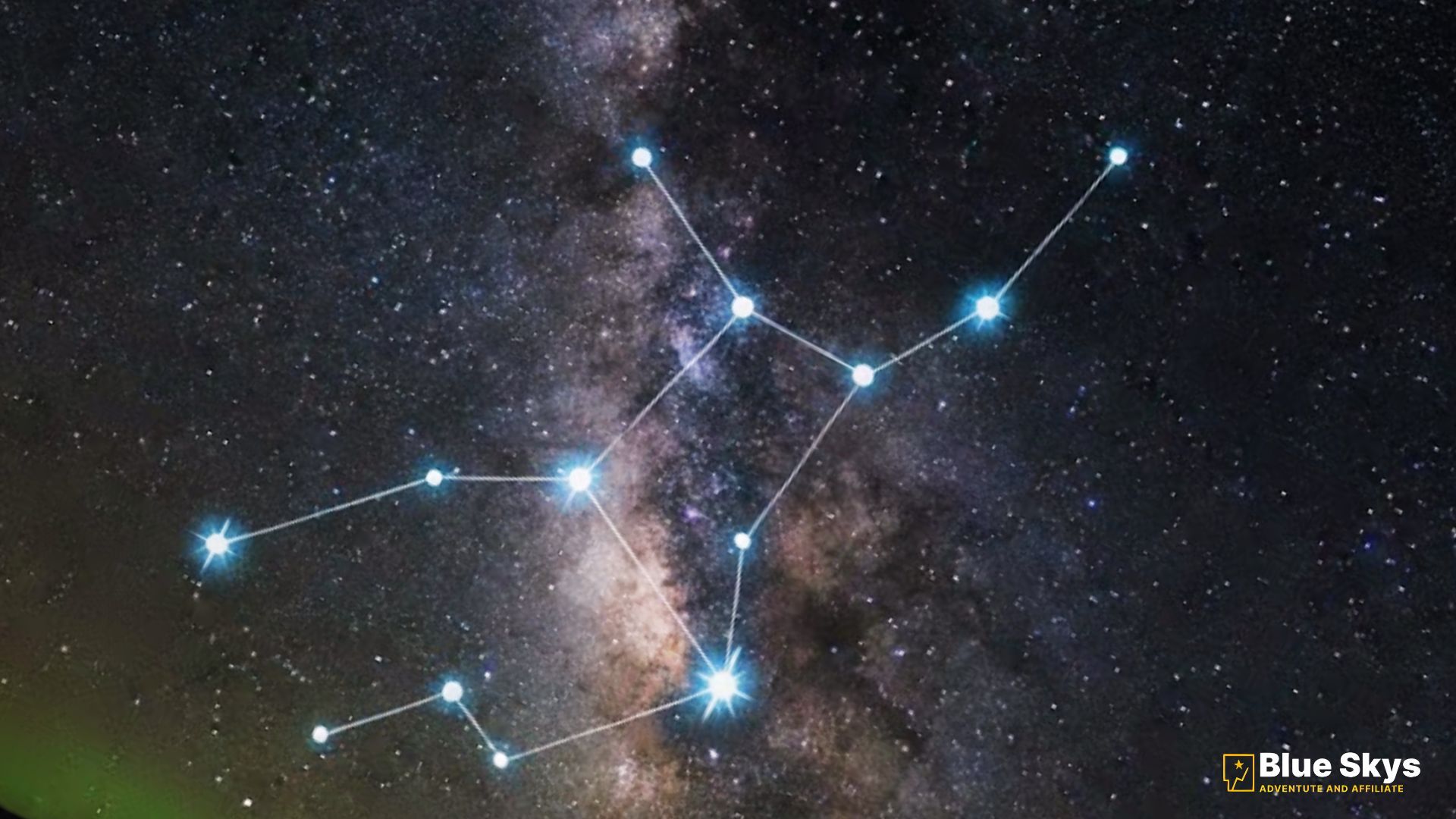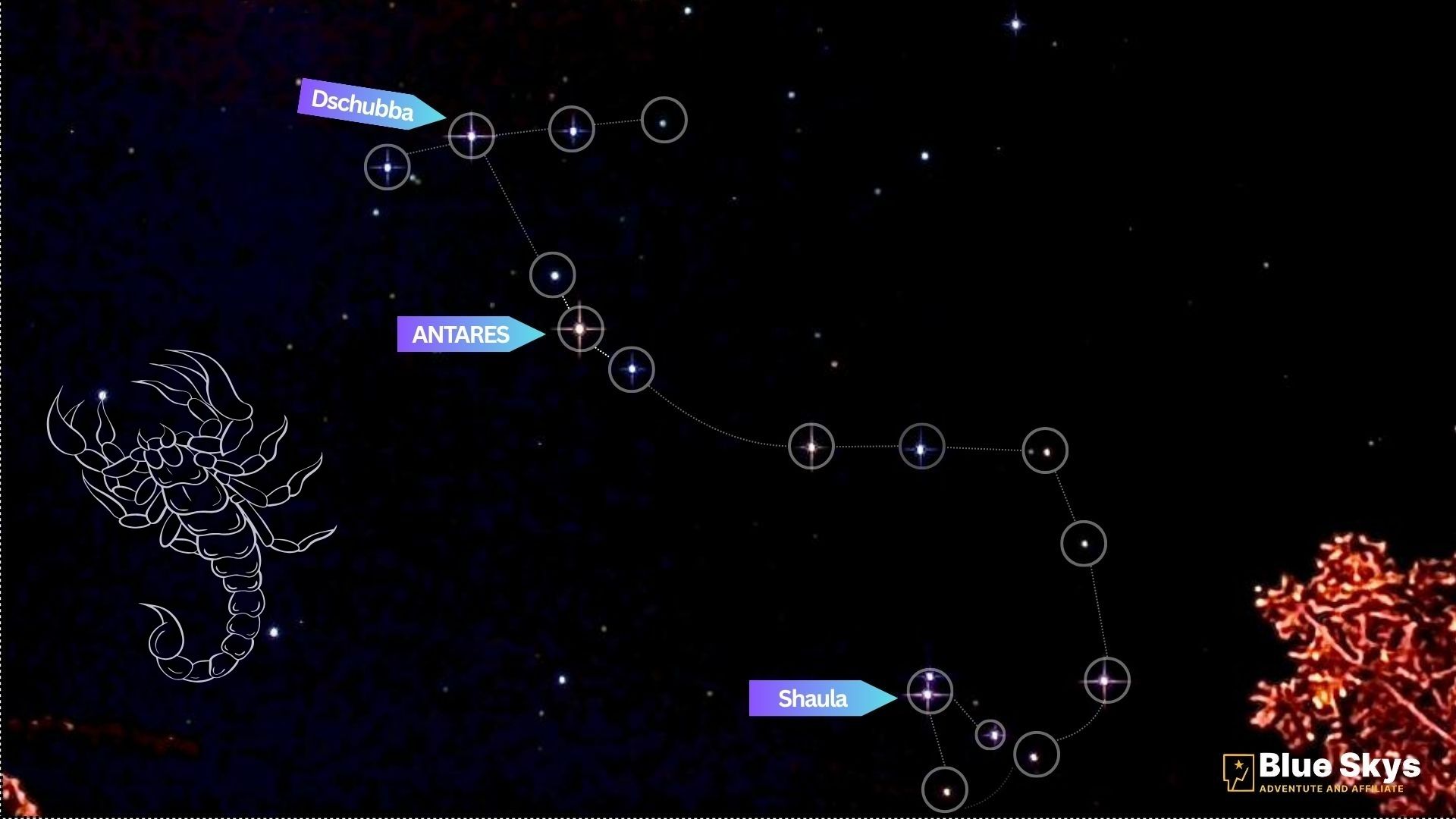What Is the Southern Cross (Crux)?
The Southern Cross, scientifically known as Crux, is one of the smallest yet most recognizable constellations in the southern sky. Its distinctive cross-shaped pattern has guided explorers, inspired cultures, and become a powerful emblem of national identity across the Southern Hemisphere. Despite its compact size, Crux holds immense navigational, historical, and cultural importance — particularly in countries such as Australia, New Zealand, Brazil, Papua New Guinea, and Samoa.
Crux consists of five main stars — Acrux, Mimosa, Gacrux, Delta Crucis, and Epsilon Crucis — arranged in the form of a cross. These stars lie close to the Milky Way, giving the constellation a striking appearance on clear nights. For centuries, sailors and travelers relied on Crux to locate the south celestial pole, using it as a natural compass long before modern navigation tools existed.
Main Stars of the Southern Cross
| Star Name | Bayer Designation | Apparent Magnitude | Distance (Light Years) | Notes |
|---|---|---|---|---|
| Acrux (α Crucis) | Alpha Crucis | 0.77 | 320 | Brightest star in Crux, actually a multiple star system |
| Mimosa (β Crucis) | Beta Crucis | 1.25 | 280 | Blue giant star, second brightest in Crux |
| Gacrux (γ Crucis) | Gamma Crucis | 1.63 | 88 | Red giant marking the top of the cross |
| Delta Crucis | Delta Crucis | 2.79 | 360 | Hot blue-white giant, forms part of the cross arm |
| Epsilon Crucis | Epsilon Crucis | 3.59 | 230 | Orange giant, the faintest of the five main stars |
Each of these stars contributes to the constellation’s symmetrical beauty and navigational reliability. Together, they form a nearly perfect cross that stands out vividly against the dark backdrop of the Milky Way.
Visibility of Crux Throughout the Year
The Southern Cross is visible year-round from much of the Southern Hemisphere, though its position in the sky changes with the seasons. In Australia, for instance, it can be seen almost every clear night, rotating around the south celestial pole. In April and May, Crux appears highest in the evening sky, making these months ideal for observation.
In locations near the equator, Crux can be observed low on the southern horizon, while viewers farther north — above 25°N latitude — can no longer see it at all. This limited visibility has made Crux a defining feature of southern skies and a symbol of identity for the nations that proudly display it.
Cultural Significance in Australia and New Zealand
In Australian Aboriginal astronomy, the Southern Cross has deep spiritual meaning. Indigenous groups interpret the constellation in diverse ways: some see it as the footprint of a sky-being, while others view it as part of the Emu in the Sky — a dark constellation formed by the Milky Way’s dust lanes. Its seasonal movement helped mark times for harvesting, hunting, and ceremonial events.
For modern Australia, Crux stands as a unifying emblem. It appears on the Australian national flag, symbolizing the country’s geographic position under the southern skies and the enduring spirit of its people. Similarly, in New Zealand, the Southern Cross features prominently on the national flag, representing the nation’s location in the Pacific and its connection to the wider southern world.
The constellation’s presence on flags, monuments, and even coins reflects its dual identity — both as a scientific landmark and a cultural symbol of belonging and pride.
Southern Cross in Flags and National Identity
| Country | Flag Example | Symbolic Meaning |
|---|---|---|
| Australia | 🇦🇺 | Represents the country’s location in the Southern Hemisphere and its historical connection to navigation. |
| New Zealand | 🇳🇿 | Emphasizes national identity and proximity to the Southern Cross. |
| Papua New Guinea | 🇵🇬 | Symbolizes unity and the southern location of the nation. |
| Brazil | 🇧🇷 | Features Crux as a part of its depiction of the night sky over Rio de Janeiro. |
| Samoa | 🇼🇸 | Reflects cultural heritage and celestial guidance from the Southern skies. |
This recurring symbol across national emblems underlines the constellation’s role as a shared southern identity marker. It’s a rare case where astronomy, culture, and geography intersect to form a unifying symbol for multiple nations.
Mythology and Historical Context
The Southern Cross has captivated observers for millennia. In ancient Greek times, it was once visible from the Mediterranean but eventually sank below the horizon due to the slow shift of Earth’s axis — a phenomenon known as precession. For centuries, European explorers of the Age of Discovery, such as Amerigo Vespucci and Pedro Álvares Cabral, used the reappearance of Crux in the southern sky as a celestial marker when venturing into new hemispheres.
In Indigenous Australian traditions, Crux features prominently in stories that connect the sky to the land. Some tales describe the stars as the eyes of ancestral spirits, while others interpret them as totems linked to creation and seasonal change. These myths carry both astronomical and moral lessons, bridging science and spirituality in a way that has endured for thousands of years.
For Maori culture in New Zealand, the Southern Cross (called Māhutonga) symbolizes navigation and leadership. It guided Polynesian voyagers across vast oceans, long before Western explorers charted their paths using sextants and compasses. Its enduring presence reminds the region’s people of their deep ancestral relationship with the night sky.
Scientific Relevance and Modern Observation
From a scientific perspective, Crux remains a focus of fascination for astronomers and astrophotographers alike. Each of its stars offers insight into different stages of stellar evolution — from blue giants to red and orange giants nearing the end of their life cycles. Crux also serves as a valuable reference point in astrophotography, helping stargazers align telescopes and capture deep-sky images of nearby nebulae, such as the Coalsack Nebula, a dark cloud easily visible near the constellation.
The Southern Cross’s brightness and clarity make it an ideal target for beginners learning to navigate the southern sky. Amateur astronomers often start their stargazing journey by locating Crux before exploring more complex constellations and celestial structures in its vicinity.
Enduring Symbol of the Southern Hemisphere
The Southern Cross is far more than a cluster of stars — it’s a symbol of heritage, exploration, and unity. From Indigenous sky stories to modern national flags, from ancient navigation to astrophotography, Crux bridges the past and present with timeless grace.
Its steady rotation around the south celestial pole makes it a reliable companion for navigators, while its universal recognition across nations makes it a shared emblem of identity under southern skies. Whether observed through a telescope, seen emblazoned on a flag, or admired in art, the Southern Cross continues to illuminate both the heavens and the collective imagination of the people who live beneath it.





